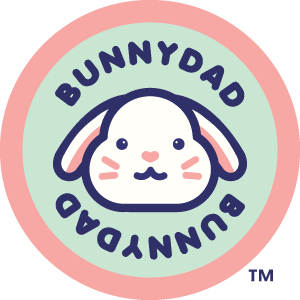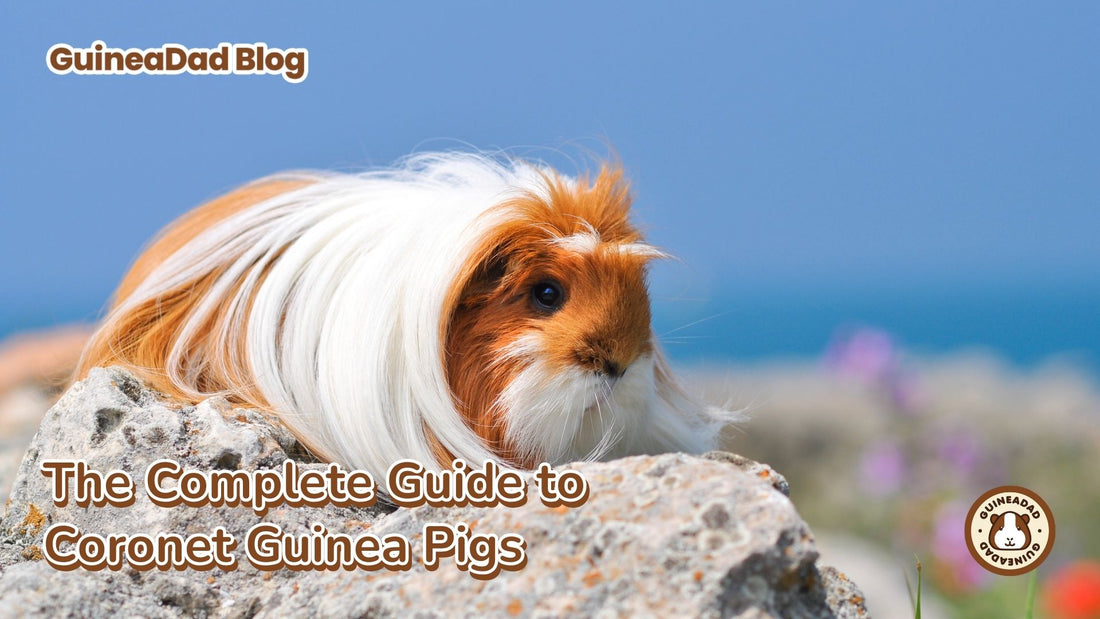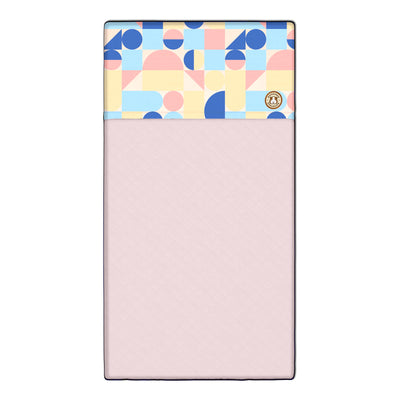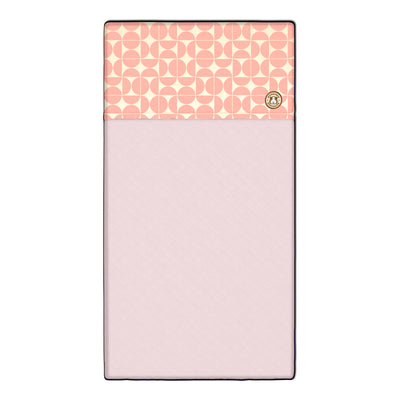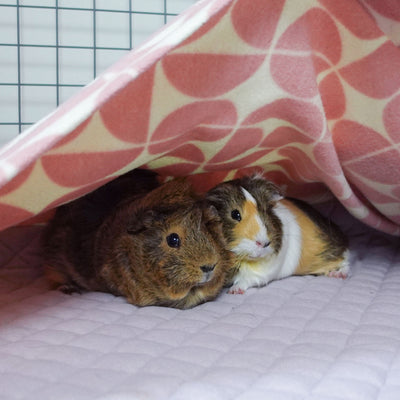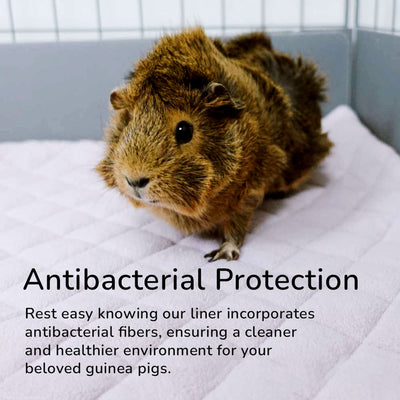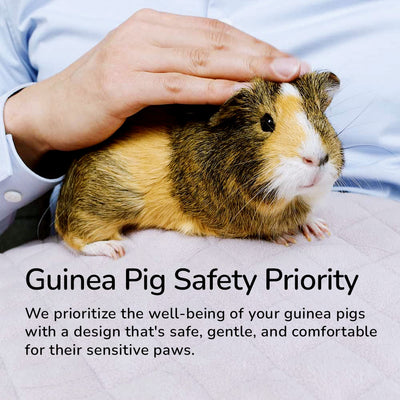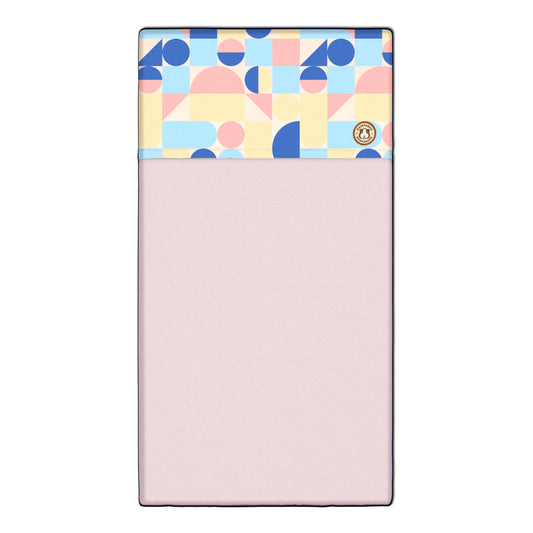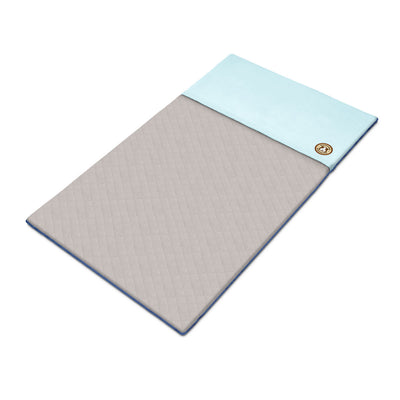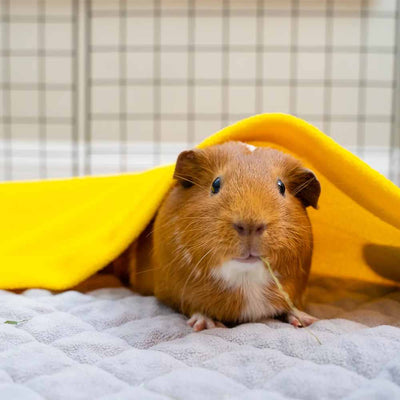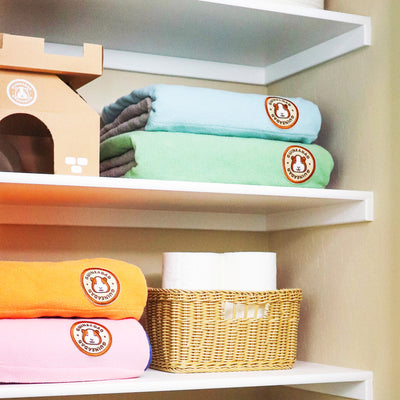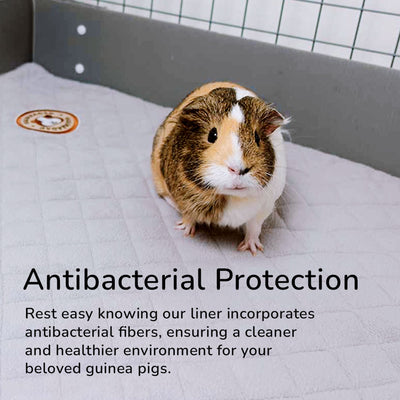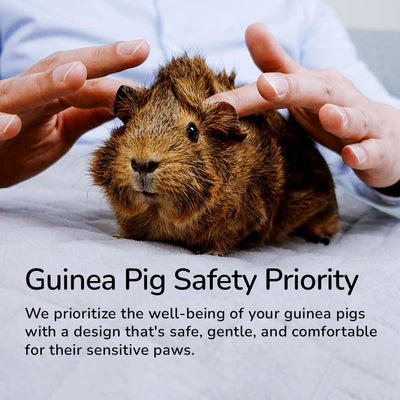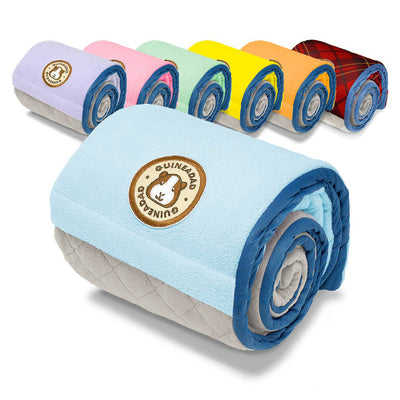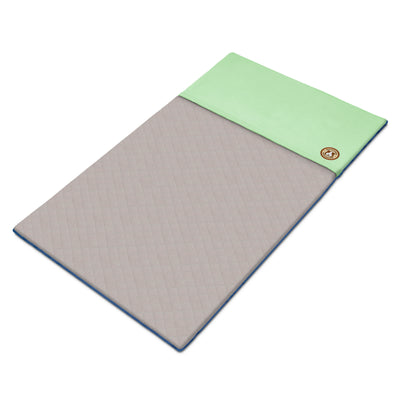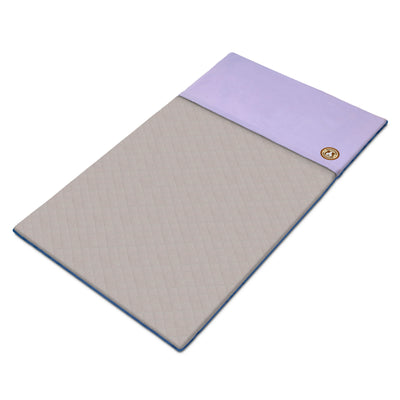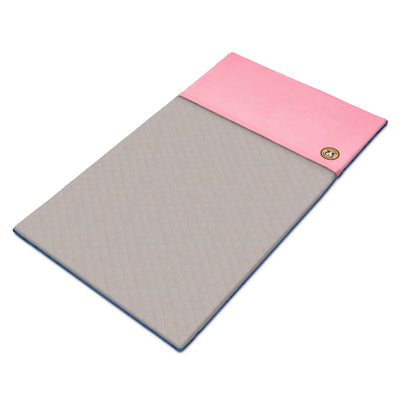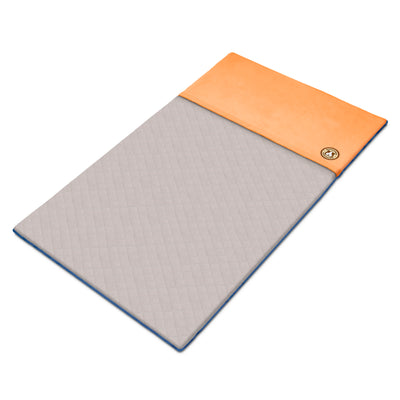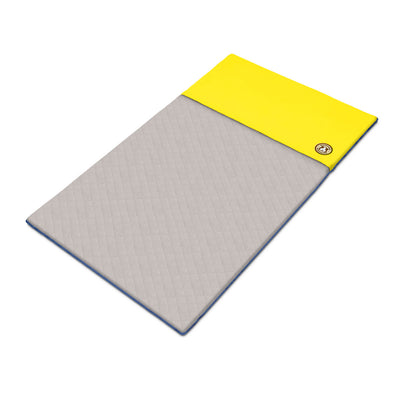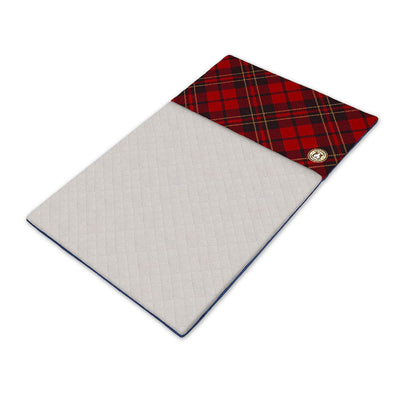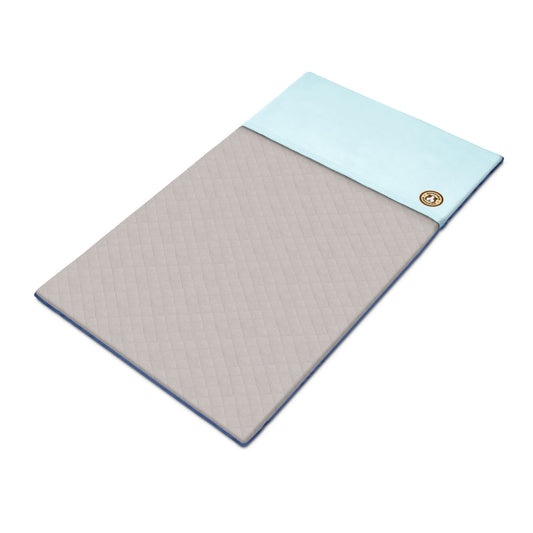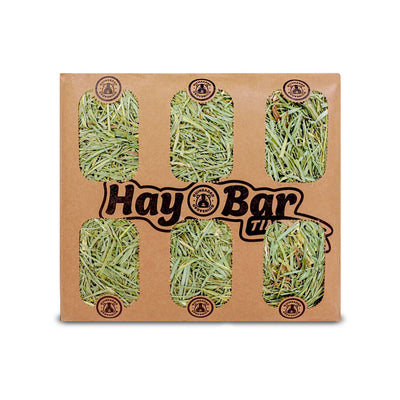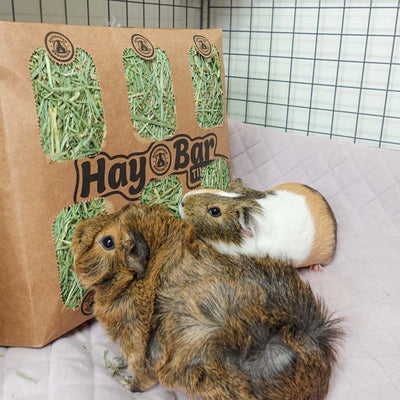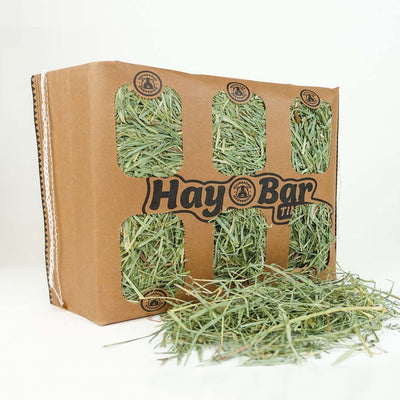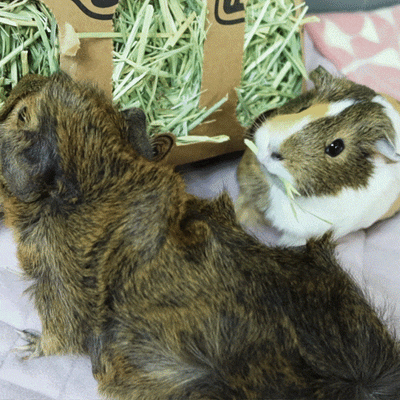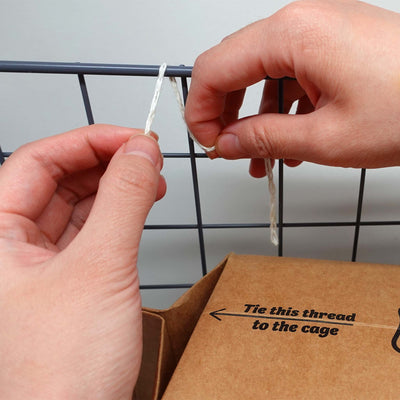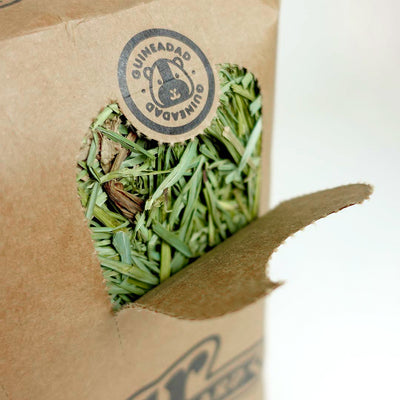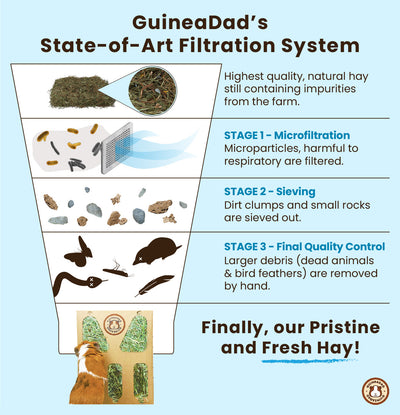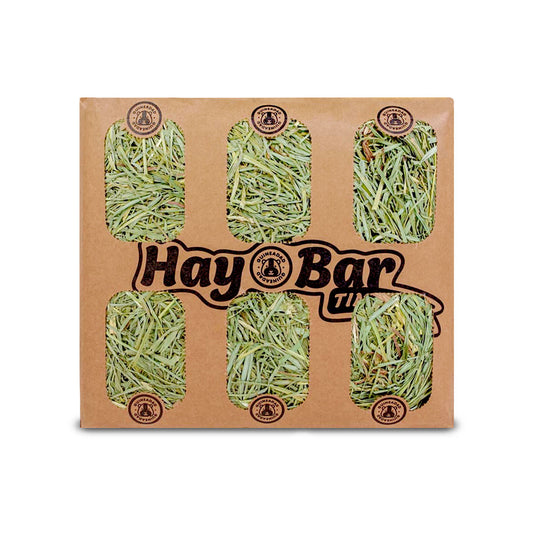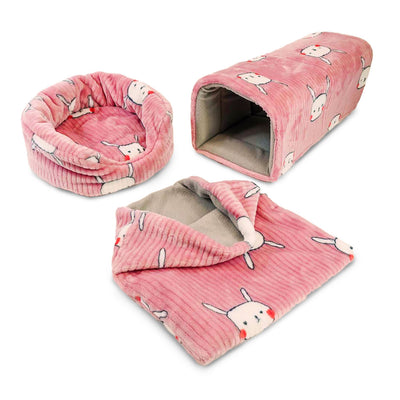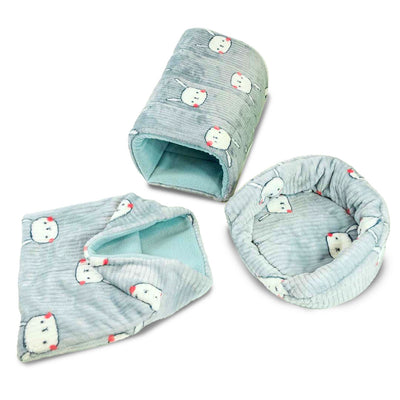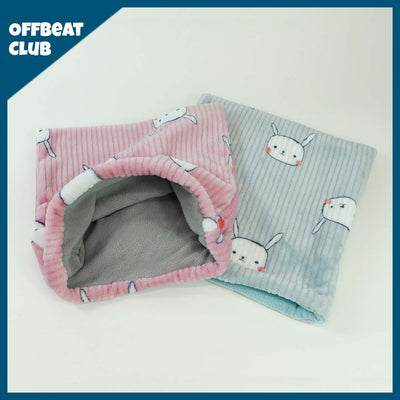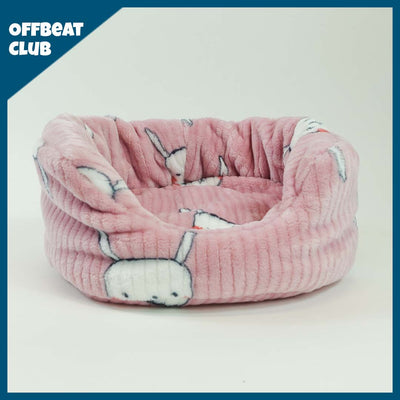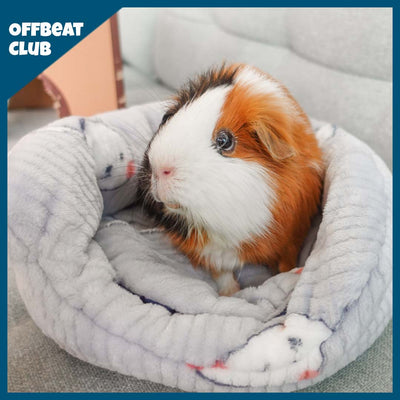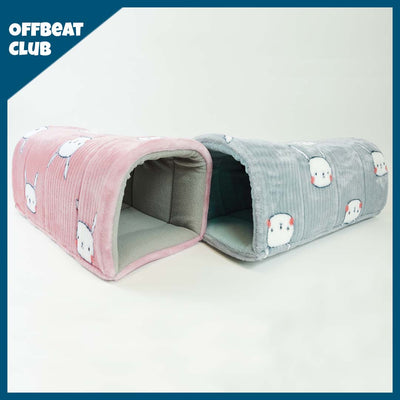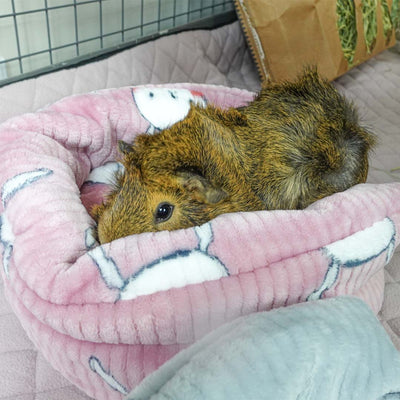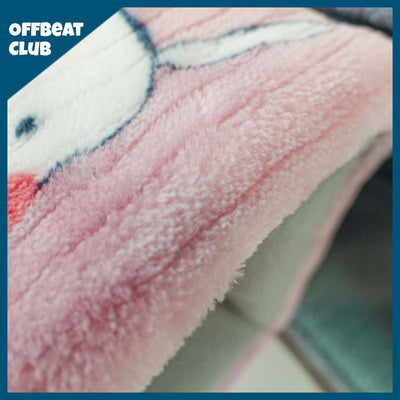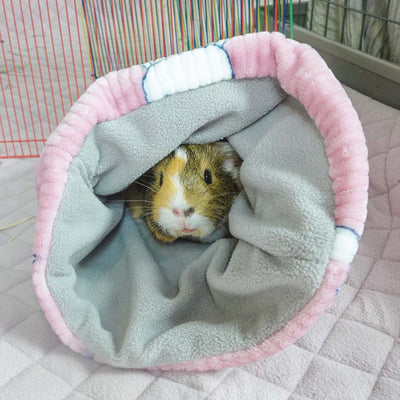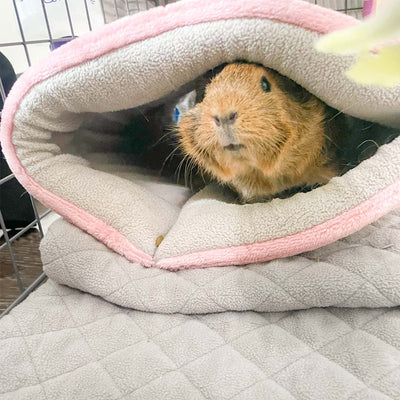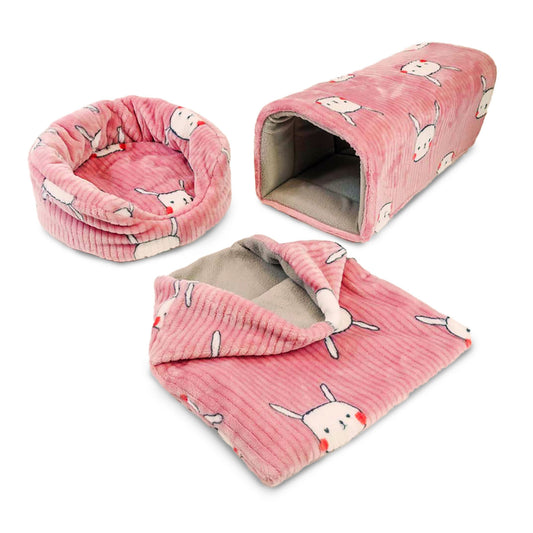Hey there GuineaGang,
Have you ever wondered about Coronet Guinea Pigs? Watch this short video for a quick summary of this wonderful breed of guinea pigs:
Before you look into getting your very own pet guinea pig, it’s always important to do your research on the different breeds, as well as the differences in the needs between them. While at the baseline many guinea pigs are very similar, the amount of time devoted to certain aspects of their care varies between the breeds! Some are higher maintenance than others, and therefore wouldn’t be recommended for first-time guinea pig owners. However, if you’re ready for the commitment, then there’s nothing stopping you!
The Coronet guinea pig is one of those that require a little extra time and care, but these little piggies with flowing, luscious hair are just as loveable as the rest.
Origins
Coronet guinea pigs are a long-haired breed, very physically similar to the silkie breed. In fact, the origin of the Coronet breed starts with the mixing of the Silkie and American breeds. They became their very own breed in 1998 once they became more prevalent.

Physical Characteristics: How do you tell Coronet and Silkie guinea pigs apart?
To start off, Coronet guinea pigs are very average-sized, coming in at around 8-16 inches in length and can weigh anywhere from 1.5 to 3 pounds. These piggies have a shorter forehead than their silkie sister! They have long, flowing hair that is similar to a silkie’s, but the front part, the rosette, is shorter and flows forward for almost a mullet effect. Business in the front, party in the back, as they say. (Don’t make fun of the mullet—it’s trendy now!)
The Coronet coat comes in different colors: tortoiseshell, coffee and white, or cinnamon and agouti. Tortoiseshell coats have a combination of reddish and black hair, while agouti coats are coats with a black base with flecks of other colors, creating a banded effect.
Personality

Coronet guinea pigs are playful and like to socialize. So, chances are if you’ve already got some piggies at home and need to introduce a Coronet to them, they’ll get along just fine! Their personalities are part of what makes them so good for showcasing in them in shows.
Diet
In general, guinea pigs need a constant supply of hay and water, pellets, and around a cup of fruits and vegetables to supplement other nutrients they need, such as vitamin C, calcium, and others. Younger guinea pigs need more calcium than older ones, but older ones need more vitamin C. It’s important to make sure that your guinea pig has a balanced diet that doesn’t consist too much of any one thing.
Coronet Guinea Pig Grooming
Because of its long hair, grooming these little piggies can be a little more complicated than the average guinea pig breed. However, you should use these grooming routines to bond with your piggy and get to know each other! You’ll be doing enough tasks when it comes to this routine, might as well get closer to your piggy over it.
Daily Brushing
Coronet guinea pig hair needs to be brushed daily! Make sure to be extra gentle, especially if you’re detangling their hair. Because their hair is so long and flowing, they can be prone to tangles. Sometimes they might even need the occasional professional grooming to ensure good condition of their hair, skin, and nails. So treat your guinea pig to a (piggy) salon visit every once in a while—they’ll thank you. When brushing their hair, you can use anything from a comb, baby brush, or even a regular brush.
Regular Bathing
Because of its long hair, Coronets can pick up different things from their living environment, whether that’s food, urine, or other materials lying around. However, just like most animals, Coronet guinea pigs don’t like bathing! In order to keep them safe and healthy, they do have to be bathed regularly, at least once a week. They’ll fuss, but they’ll thank you later.
Haircuts
Despite their propensity for longer hair, you should keep your Coronet’s hair on the shorter side if they’re not a show animal! This keeps them from picking up dirt and other materials around them like mentioned before, and they’re less likely to carry as much bacteria around with them. You can cut their hair yourself by using scissors, but electronic clippers might be easier and more convenient for you.
Ears
Unfortunately, guinea pigs are susceptible to ear infections because of the earwax buildup that they experience—buildup can lead to the growth of fungi and other bacteria. You can use cotton swabs to clean the outer ears of debris, such as excess wax, dirt, and whatever else you find. However, it’s very important that you don’t venture any further than the outside of their ears and what can be seen easily—never insert the cotton swab into their ears!
Pedicures
Your Coronet guinea pig’s nails need to be trimmed at least once a month! However, this does depend on the individual guinea pig and their nail growth turnaround. For example, younger guinea pig’s nails grow faster than older guinea pigs! Their diet also plays a role in how quickly their nails grow back. It’s also important to note that more active guinea pigs wear down their nails faster than less active ones. With this line of thinking, it would make sense that sometimes older guinea pigs might need a trim more often if they’re not moving around as much as their younger counterparts.
It’s important to note that guinea pigs usually have a low tolerance for nail clipping, this means you’ll need to be very patient with your piggy and only do a few at a time. Make sure to take some breaks in between, especially when your guinea pig gets fussy—just try again later! If possible, make nail clipping a two-person job. One can hold the guinea pig so their legs aren’t dangling, and the other person can do the nail clipping. If only one person is available, then gently swaddle or burrito wrap your guinea pig in a blanket and hold them how you would hold a football! Then you can begin clipping their nails.

For a one person job, we recommend using the pouch that comes in the Offbeat Piggy Play Package. This is designed specifically for holding guinea pigs in the correct way to do things like administer medication, petting, and in this case, cut their nails!
Pedicure Tools
You can utilize nail clippers that are meant for cats! There are two kinds: scissors or guillotine types. Either one is fine, as long as you’re careful and don’t trim your guinea pig’s nails too short. This can cause bleeding, which can be stopped by applying styptic powder, or by gently pressing a paper towel to the affected area until it stops.
Dental Care
Note that guinea pig teeth are growing constantly, especially if their diet is rich in Vitamin C. However, their teeth are naturally worn down to normal lengths by the foods they eat. If they don’t eat enough hay or fruits and vegetables, their teeth won’t wear down properly, and this can lead to impaction, which can be painful for your piggies. When this happens, a visit to your vet becomes necessary for treatment.

Common health issues in Coronet Guinea Pigs
Unfortunately, guinea pigs are prone to some health issues even if they seem to be perfectly healthy! There are some things you should look out for, that way you can get them the treatment they need if they happen to contract something.
Respiratory Infections
Pneumonia is one of the more prevalent diseases that guinea pigs tend to suffer from because of the bacteria that they pick up from their surroundings. According to research done by VCA Animal Hospitals, guinea pigs become carriers of the bacteria that cause pneumonia and stay asymptomatic—VCA calls these bacteria “opportunistic,” because they become dangerous when factors of the guinea pig’s health status allow for them to be. This includes stress or other illnesses that render the immune system weaker than normal.
Symptoms include inability to eat, discharge from the eyes and/or nose, sneezing and trouble breathing. If your guinea pig has any of these symptoms, see your vet. They can take cultures of the discharge from their eyes and nose to help them figure out what’s going on with your guinea pig!
We believe that the number one way that we can prevent infections is by ensuring that their living environment stays clean and hygienic! Our GuineaDad Premium Liners are made with fibers coated in an antibacterial agent that inhibits bacterial growth.
Diarrhea
Guinea pigs have very delicate digestive systems, which makes them susceptible to issues involving it. When it comes to their diet, too much water or too much fiber can cause an upset in their usual digestion and cause diarrhea. With this comes loss of appetite, dehydration, weight loss, and things like low body temperature.
Scurvy
Like humans, guinea pigs can’t create their own vitamin C within their bodies, and need outside sources of it, especially as they get older. A deficiency of vitamin C can be detrimental to their health, as it can cause them to be more likely to contract diseases and infections.
Symptoms include things like rough hair, loss of appetite, diarrhea, decreased mobility, and swollen feet or joints are likely to be vitamin C deficient.
Urinary Problems
Guinea pigs are prone to the development of bladder stones, and usually form in the bladder or in the kidneys, or the tubes that drain the kidneys called ureters. When stones are lodged in the ureter or obstruct the urethra, it can become life threatening. Surgery is necessary to remove the stones a lot of the time, but regular check-ups with your vet can prevent emergencies such as these.
Bumblefoot
This is when sores form at the bottom the feet from pressure, which usually comes from the guinea pig being overweight. The sores can be painful and result in inability to be properly mobile. Treatment for this can be a little difficult, but a visit to your vet and following their treatment suggestions such as surgery, bandages, and antibiotics can alleviate the pain for your guinea pig.
One way you can relieve some of the pain that your guinea may experience in their little feet is by using the Guinea Dad Premium Liners. These liners are made to be easy on their feet and soft to the touch for pure guinea pig comfort bliss.

Cage Size
According to the Humane Society, guinea pigs need at least 7.5 square feet of space, but the more space the better! You want to give them as much space as possible so they can roam around freely and be active, therefore staying healthy and youthful.
Where to find your own Coronet Guinea Pigs
It's most ethical to adopt your guinea pigs from a shelter if possible. It’s common for new guinea pig owners to give them up for adoption quickly after acquiring them when they’re not prepared for the amount of care their guinea pig needs—especially if they’re higher maintenance.
Some guinea pigs in the shelters have been mistreated and not properly cared for in the past, prior to their arrival at the shelter. Shelters do the best they can, but many have limited resources in helping hands and funds, and they take in and care for as many guinea pigs as they can. When we adopt from the shelter, guinea pig parents not only provide better customized care for each guinea pig, but also help free up rescue centers' capacity to help more animals in need.
If guinea pigs aren’t available at your local shelter, you can “rescue” them from a pet shop, since some pet shops may not be able to put as much of their time and resources towards specialized care for the guinea pigs, because they have so many other types of animals to look after as well.
What’s left to know?
Make sure before you acquire a guinea pig of your own that you are aware of the needs and levels of care that Coronet guinea pigs require. You should be prepared to take care of your guinea pig to the best of your ability with the information that you’ve researched beforehand!
One you’ve learned all there is to know about Coronet guinea pigs, you’re all set to seek one out and give it all your love and care that they deserve! (And hey, maybe you can have matching mullets with your brand new Coronet guinea pig.)

